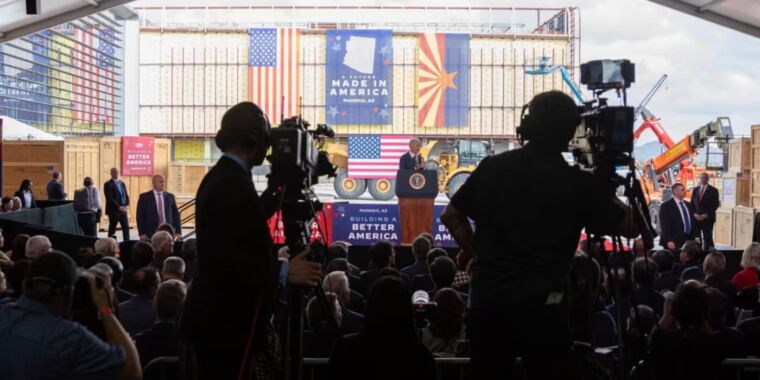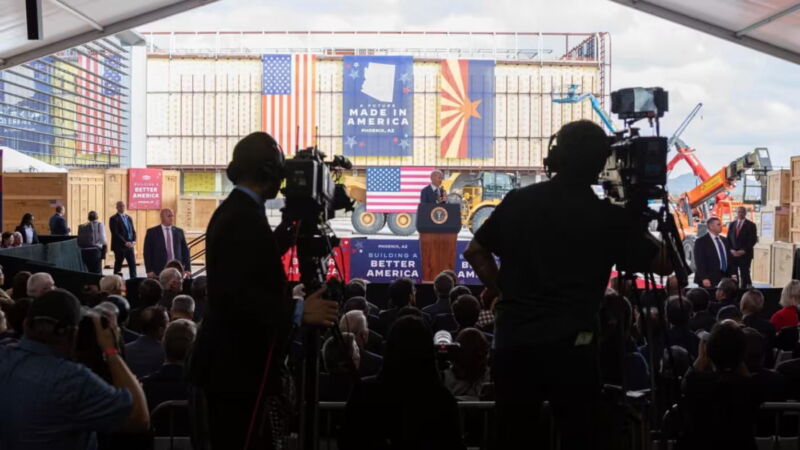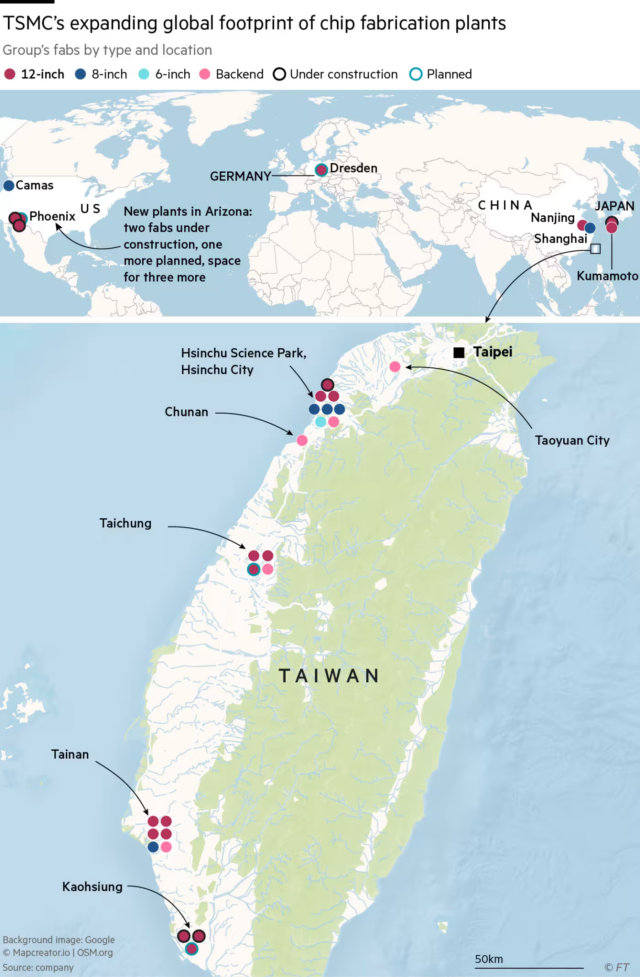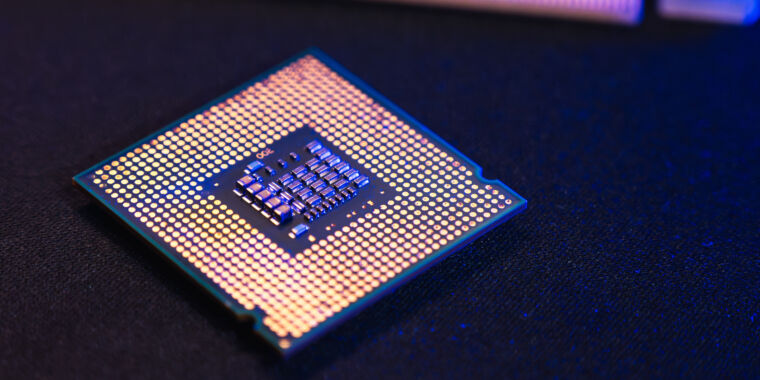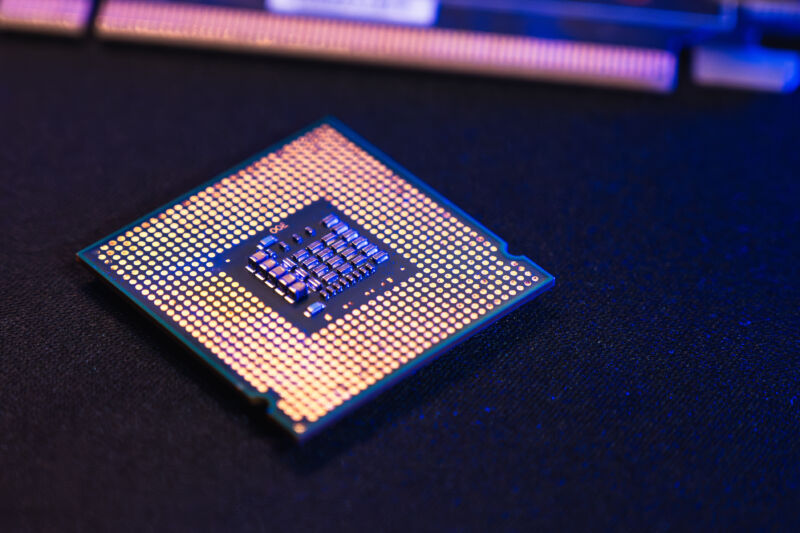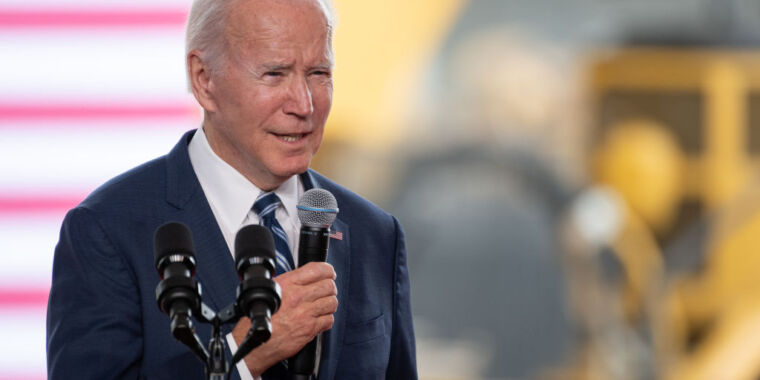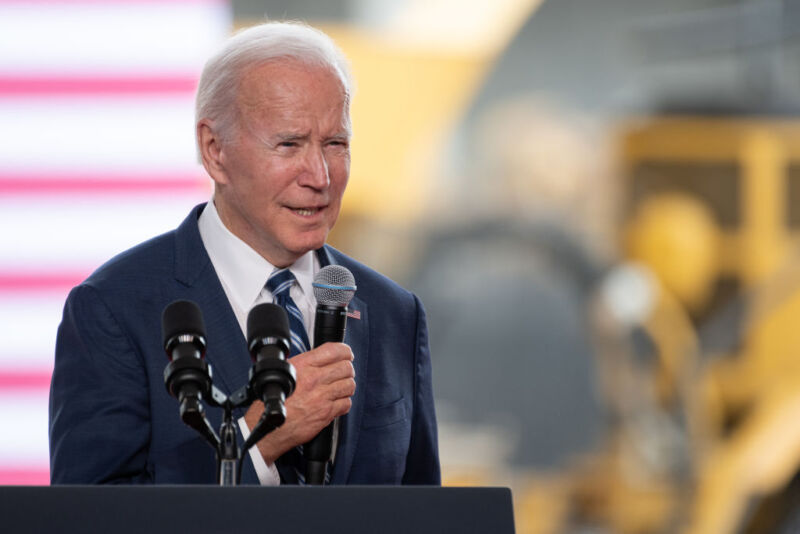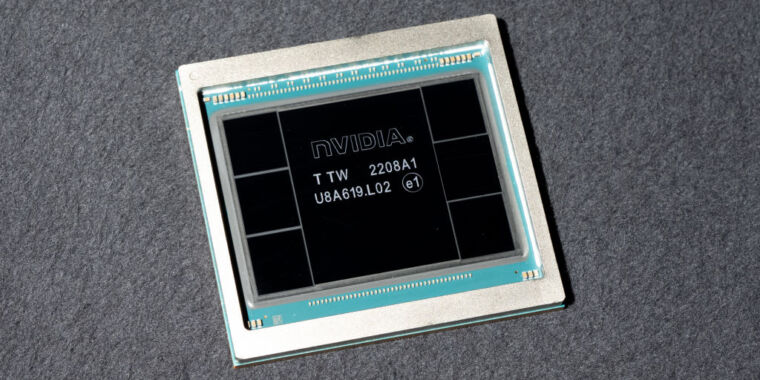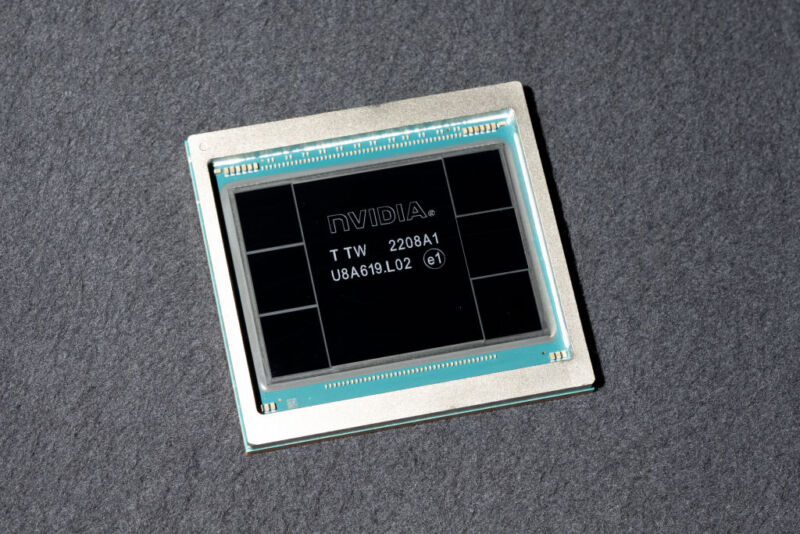Biden rushes to avert labor shortage with CHIPS act funding for workers
Less than one month to apply —
To dodge labor shortage, US finally aims CHIPS Act funding at training workers.
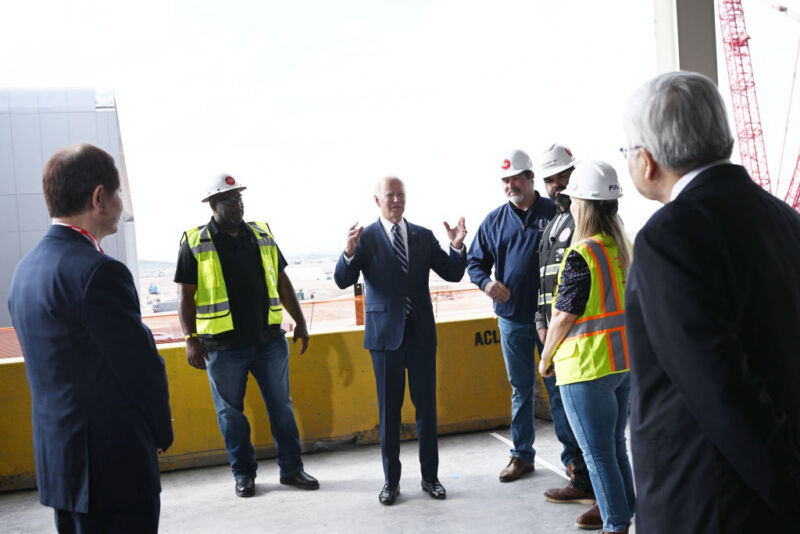
Enlarge / US President Joe Biden (C) speaks during a tour of the TSMC Semiconductor Manufacturing Facility in Phoenix, Arizona, on December 6, 2022.
In the hopes of dodging a significant projected worker shortage in the next few years, the Biden administration will finally start funding workforce development projects to support America’s ambitions to become the world’s leading chipmaker through historic CHIPS and Science Act investments.
The Workforce Partner Alliance (WFPA) will be established through the CHIPS Act’s first round of funding focused on workers, officials confirmed in a press release. The program is designed to “focus on closing workforce and skills gaps in the US for researchers, engineers, and technicians across semiconductor design, manufacturing, and production,” a program requirements page said.
Bloomberg reported that the US risks a technician shortage reaching 90,000 by 2030. This differs slightly from Natcast’s forecast, which found that out of “238,000 jobs the industry is projected to create by 2030,” the semiconductor industry “will be unable to fill more than 67,000.”
Whatever the industry demand will actually be, with a projected tens of thousands of jobs needing to be filled just as the country is hoping to produce more chips than ever, the Biden administration is hoping to quickly train enough workers to fill openings for “researchers, engineers, and technicians across semiconductor design, manufacturing, and production,” a WFPA site said.
To do this, a “wide range of workforce solution providers” are encouraged to submit “high-impact” WFPA project proposals that can be completed within two years, with total budgets of between $500,000 and $2 million per award, the press release said.
Examples of “evidence-based workforce development strategies and methodologies that may be considered for this program” include registered apprenticeship and pre-apprenticeship programs, colleges or universities offering semiconductor industry-relevant degrees, programs combining on-the-job training with effective education or mentorship, and “experiential learning opportunities such as co-ops, externships, internships, or capstone projects.” While programs supporting construction activities will not be considered, programs designed to “reduce barriers” to entry in the semiconductor industry can use funding to support workers’ training, such as for providing childcare or transportation for workers.
“Making investments in the US semiconductor workforce is an opportunity to serve underserved communities, to connect individuals to good-paying sustainable jobs across the country, and to develop a robust workforce ecosystem that supports an industry essential to the national and economic security of the US,” Natcast said.
Between four to 10 projects will be selected, providing opportunities for “established programs with a track record of success seeking to scale,” as well as for newer programs “that meet a previously unaddressed need, opportunity, or theory of change” to be launched or substantially expanded.
The deadline to apply for funding is July 26, which gives applicants less than one month to get their proposals together. Applicants must have a presence in the US but can include for-profit organizations, accredited education institutions, training programs, state and local government agencies, and nonprofit organizations, Natcast’s eligibility requirements said.
Natcast—the nonprofit entity created to operate the National Semiconductor Technology Center Consortium—will manage the WFPA. An FAQ will be provided soon, Natcast said, but in the meantime, the agency is giving a brief window to submit questions about the program. Curious applicants can send questions to wfpa2024@natcast.org until 11: 59 pm ET on July 9.
Awardees will be notified by early fall, Natcast said.
Planning the future of US chip workforce
In Natcast’s press release, Deirdre Hanford, Natcast’s CEO, said that the WFPA will “accelerate progress in the US semiconductor industry by tackling its most critical challenges, including the need for a highly skilled workforce that can meet the evolving demands of the industry.”
And the senior manager of Natcast’s workforce development programs, Michael Barnes, said that the WFPA will be critical to accelerating the industry’s growth in the US.
“It is imperative that we develop a domestic semiconductor workforce ecosystem that can support the industry’s anticipated growth and strengthen American national security, economic prosperity, and global competitiveness,” Barnes said.
Biden rushes to avert labor shortage with CHIPS act funding for workers Read More »

